31. august: Den hellige Raimund Nonnatus
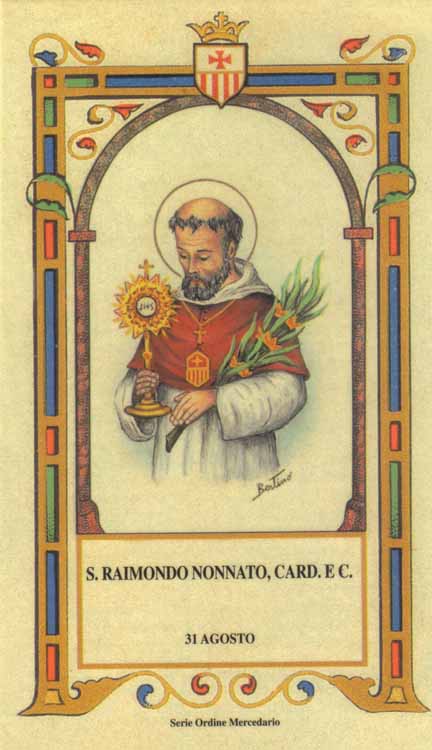
I dag feirer man i den tradisjonelle kalenderen en helgen som de fleste vel nå har glemt, den hellige Raimund Nonnatus (den ufødte, 1200-1240). Om ham leste vi i dagens matutin-bønn:
Raymund was called Nonnatus, or Unborn, because he was brought into life from the side of his dead mother contrary to the common law of nature. He scorned childish games and the temptations of the world and gave himself to works of devotion so that all admired the boy as having the virtues of a mature man. He loved the Mother of God above all and constantly prayed to her. He entered the religious Order called that of Ransom or of Mercy, for the ransom of captives. He perpetually kept his virginity, which he had already consecrated to the Blessed Virgin, and shone with the other virtues, especially with charity toward the Christians who were living wretched lives under the power of pagans. Gregory IX enrolled him among the Cardinals ; but the man of God shrank from all pomp and always held most firmly to the humility proper to a religious. At Cardona, worn out by his last illness and fortified by the Sacraments of the Church, he went to the Lord on the last Sunday of August in the year 1240.
Og katolsk.no forklarer som vanlig hvorfor han ble borte (eller flyttet) i 1969:
… Raimund ble helligkåret ved at hans kult (som kardinal) ble stadfestet den 5. november 1625 av pave Urban VIII (1623-44). Hans fest ble foreskrevet den 9. mai 1626. Den 7. august 1657 ble hans navn tatt inn i Martyrologium Romanum av pave Alexander VII (1655-67), og den 13. august 1669 ble hans kult godkjent for hele Kirken av pave Klemens IX (1667-69). Den 10. mars 1681 bestemte den salige pave Innocent XI (1676-89) at hans fest skulle feires den 31. august, og dette er fortsatt hans minnedag. En kommisjon nedsatt av pave Benedikt XIV (1740-58) foreslo å fjerne ham fra den generelle kalenderen, og på grunn av hans begrensede betydning på verdensbasis, ble dagen ved kalenderrevisjonen i 1969 henvist til lokale og spesielle kalendere. Hans navn står fortsatt i det nye Martyrologium Romanum (2001), så han kan feires i messer og tidebønner som før.

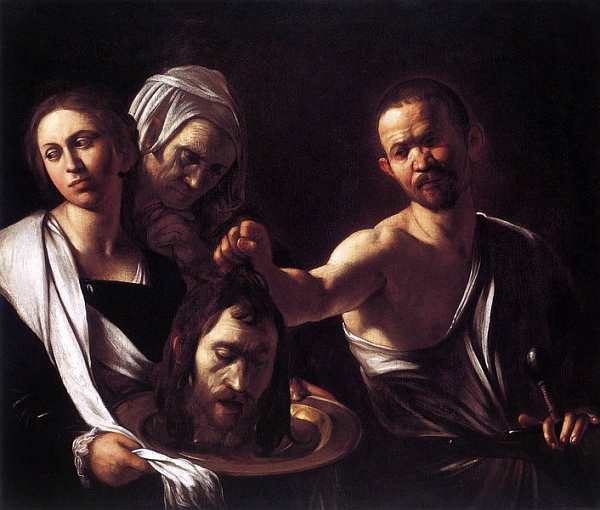
 Det er nok en stund til slike ting begynner å skje i Norge, men i andre land begynner det nå langsomt; at bordalter som ble plassert i kirkenes kor på 70-tallet, nå tas bort. Dette eksempelet er fra the Assumtion Grotto i Detroit,
Det er nok en stund til slike ting begynner å skje i Norge, men i andre land begynner det nå langsomt; at bordalter som ble plassert i kirkenes kor på 70-tallet, nå tas bort. Dette eksempelet er fra the Assumtion Grotto i Detroit, 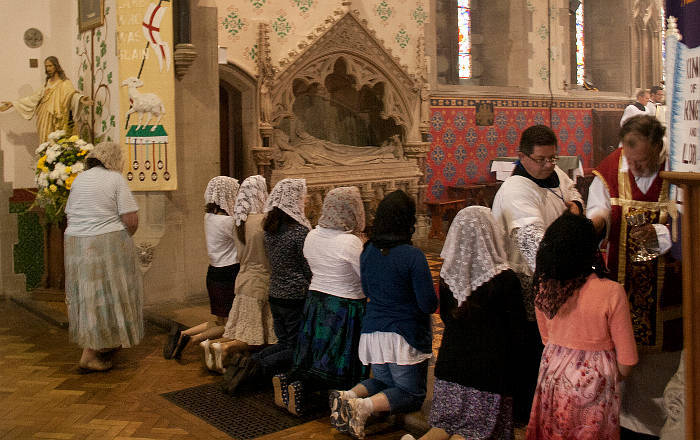
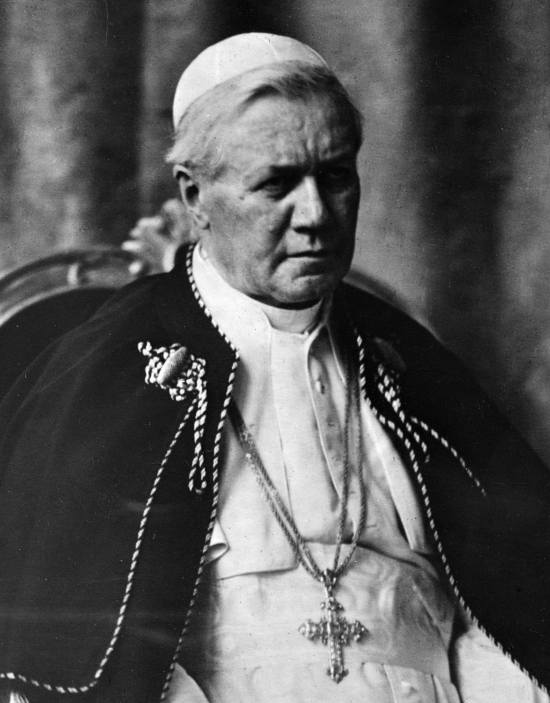

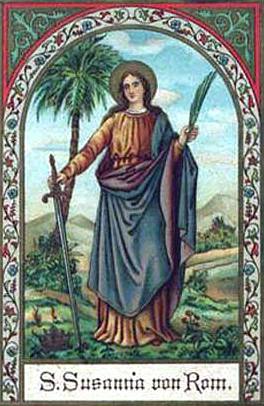 I svært lang tid har Kirken feiret den
I svært lang tid har Kirken feiret den  Den hellige Klara av Assisi er en viktig helgen og feires i den nye kalenderen 11. august. Det er som vanlig en grundig beskrivelse av henne på katolsk.no –
Den hellige Klara av Assisi er en viktig helgen og feires i den nye kalenderen 11. august. Det er som vanlig en grundig beskrivelse av henne på katolsk.no – 
